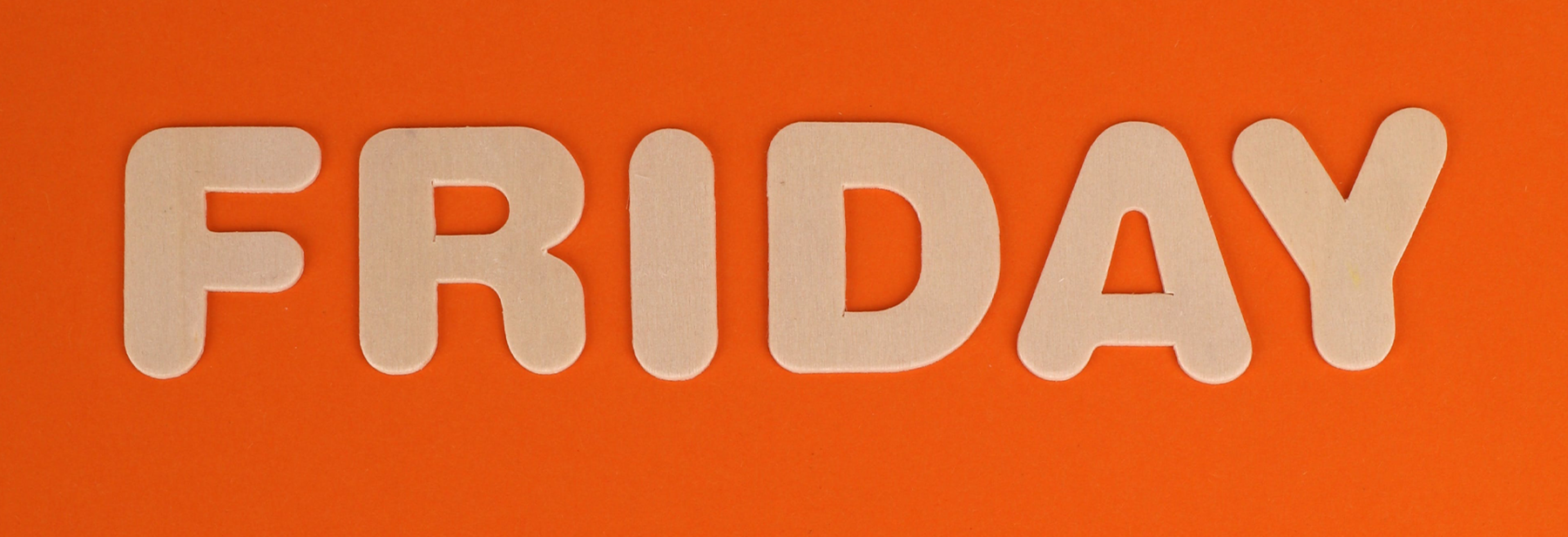
ServiceFriday: Eye of the Beholder – How Beauty Impacts Customer Behavior
Gone are the days of Carl’s Jr. producing commercials with scantily clad women pretending to eat their burgers by taking bites the size of which would make NFL offensive lineman Aaron Donald impressed. Carl’s Jr. may have been criticized for choosing to use the “beautiful is good” mantra as a focus for their advertisement strategy but plenty of service providers use it as well. But is there any empirical evidence to support this claim that more attractive service providers equate to more positive customer responses?
An article recently published in the Journal of Services Marketing included three studies that investigated this claim. The researchers also examined the potential mediating role of customer participation intention as well as if the social interaction anxiety levels of customer had a moderating role. Lastly, they examined the consumption situation (public vs. private) as a moderating effect.
The purpose of Study 1 was to determine if customers would be more willing to demonstrate “citizenship behavior” through participation intention when they encounter a more attractive employee than a less attractive one. Citizenship behavior was defined as the “voluntary and discretionary behaviors that are not required for the successful production and/or delivery of the service but that, aggregately, help the organization overall.” Participants were given a scenario where they entered a fictitious bodybuilding club and encountered either a more attractive or less attractive service consultant. The results from the study indicated that a service provider’s attractiveness was a reliable predictor for customer citizenship behavior as well as their participation intention did mediate the effect of attractiveness on citizenship behavior.
Study 2’s goal was to examine the impact of a customer’s social interaction anxiety on their response to the attractiveness of a service provider. The study replicated the methods from Study 1 but used a fictitious education consulting center instead. After completing a pretest, researchers assigned participants to a high or low social interaction condition and asked them about how anxious they felt during the service encounter as well as their citizenship behavior. For customers with low social interaction anxiety, the findings showed that they reported greater intention to participate when the service provider was attractive and subsequently engage in citizenship behavior. “However, the mediation was not established for the high social interaction anxiety condition.” the researchers discovered.
The type of consumption situation (private vs. public) was explored in Study 3 as researchers polled participants on their participation intention and citizenship behavior. The results showed that participants in the public consumption situation reported greater intention to participate when the service provider was attractive. However, there was no significant difference reported by participants in the private consumption situation.
Managerial implications
The key findings from this research paper was that attractive service providers generally foster greater customer participation intention and citizenship behavior. Researchers recommend managers use customer relationship management data to analyze customer characteristics and distinguish between high and low social interaction anxiety. “Attractive service providers should be assigned to serve customers with low social interaction anxiety, whereas average looking providers should serve people with high social anxiety.”
The researchers also suggest that managers pay close attention to the consumption situation of their services since that moderated the effects of a service provider’s attractiveness on customer participation intention and citizenship behavior.
Uncover more of this beautiful research by reading the full article at the Journal of Services Marketing. (A fee may apply.)